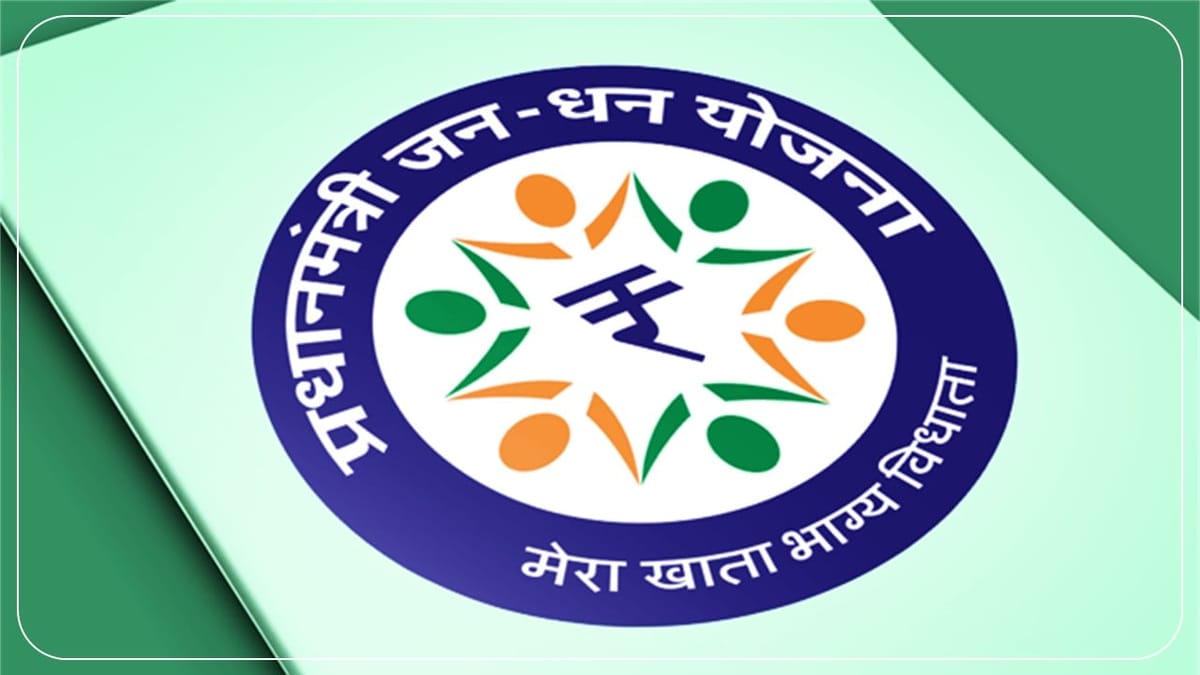Reetu | Aug 28, 2023 |

Pradhan Mantri Jan Dhan Yojana completes Nine Years of successful Implementation
The Pradhan Mantri Jan Dhan Yojana (PMJDY) – the National Mission for Financial Inclusion – completes nine years of successful implementation today.
Prime Minister Shri Narendra Modi launched the PMJDY in his Independence Day address on August 15, 2014. The Prime Minister hailed the beginning of the scheme on August 28, 2014, as a celebration to commemorate the emancipation of the underprivileged from a vicious cycle.
The Ministry of Finance, as one of the world’s largest financial inclusion projects, is always striving to give financial inclusion and support to the disadvantaged and economically backward parts of society through its financial inclusion-led interventions. Financial inclusion (FI) encourages equitable and inclusive growth, as well as the provision of financial services at a reasonable cost to vulnerable groups such as low-income groups and underserved communities who lack access to basic banking services.
Financial inclusion also takes the poor’s savings into the official financial system and offers a means for them to transmit money to their family in villages, freeing them from the clutches of usurious money lenders.
In her statement commemorating PMJDY’s 9th anniversary, Union Finance Minister Smt. Nirmala Sitharaman stated, “The 9 years of PMJDY-led interventions and digital transformation have revolutionised financial inclusion in India.” It is encouraging to note that via the establishment of Jan Dhan Accounts, more than 50 crore individuals have been brought into the official banking system. Approximately 55.5% of these accounts are held by women, and 67% are located in rural or semi-urban regions. The total amount deposited in these accounts exceeds Rs.2 lakh crore. Furthermore, around 34 million RuPay cards have been provided free of charge to these accounts, with a 2 lakh accident insurance cover.”
“With the collaborative efforts of stakeholders, banks, insurance companies, and government officials, the PMJDY stands out as a pivotal initiative, changing the landscape of financial inclusion in the country as envisioned by Hon’ble Prime Minister Shri Narendra Modi,” said Smt. Sitharaman explained.
On this occasion, Union Minister of State for Finance Dr. Bhagwat Kisanrao Karad also extended his support for PMJDY.
“The PMJDY scheme has reduced financial untouchability by bringing the marginalised sections of society into the ambit of formal banking. The scheme’s outcomes are far-reaching and have a multiplier impact on the economy by giving underprivileged parts of society with access to banking facilities, enabling access to credit availability, providing insurance and pension coverage, and promoting financial knowledge. Furthermore, the Jan Dhan-Aadhaar-Mobile (JAM) architecture has facilitated the smooth transfer of government benefits into the accounts of ordinary citizens. PMJDY accounts have become the focal point of people-centric programmes such as DBT, contributing to the inclusive growth of all segments of society, particularly the impoverished”, he remarked.
As we complete 9 years of successful implementation of this Scheme, we take a look at the major aspects and achievements of this Scheme so far.
Pradhan Mantri Jan Dhan Yojana (PMJDY) is National Mission for Financial Inclusion to ensure access to financial services, namely, Banking/ Savings & Deposit Accounts, Remittance, Credit, Insurance, Pension in an affordable manner.
2. Basic tenets of the scheme
3. Initial Features of PMJDY
The scheme was launched based upon the following 6 pillars:
Universal access to banking services – Branch and BC
4. Important approach adopted in PMJDY based on experience:
Accounts opened are online accounts in core banking system of banks, in place of earlier method of offline accounts opening with technology lock-in with the vendor
Inter-operability through RuPay debit card or Aadhaar enabled Payment System (AePS)
Fixed-point Business Correspondents
Simplified KYC /e-KYC in place of cumbersome KYC formalities
Extension of PMJDY with New features – The Government decided to extend the comprehensive PMJDY programme beyond 28.8.2018 with some modifications.
Focus shifted from ‘Every Household’ to Every Unbanked Adult’
RuPay Card Insurance – Free accidental insurance cover on RuPay cards increased from Rs. 1 lakh to Rs. 2 lakhs for PMJDY accounts opened after 28.8.2018.
Enhancement in overdraft facilities: OD limit doubled from Rs.5,000 to Rs.10,000; OD upto Rs.2,000 (without conditions) with Increase in upper age limit for OD from 60 to 65 years
5. Impact of PMJDY
PMJDY has served as the cornerstone for people-centered economic initiatives. Whether it is direct benefit payments, COVID-19 financial aid, PM-KISAN, MGNREGA salary increases, or life and health insurance coverage, the first step in all of these measures is to furnish every adult with a bank account, which PMJDY is virtually finished with.
Between March 2014 and March 2020, one out of every two accounts established was a PMJDY account. Within 10 days of the national shutdown, more over 20 crore women PMJDY accounts were credited with Rs 500 per month for three months via DBT in each women PMJDY account.
During the COVID-19 epidemic, we observed the incredible speed and seamlessness with which Direct Benefit Transfer (DBTs) empowered and offered financial stability to the most vulnerable members of society. One critical feature is that DBTs through PMJDY accounts have assured that every rupee reaches its designated beneficiary while eliminating systemic leakage.
PMJDY has brought the unbanked into the banking system, enlarged India’s financial infrastructure, and delivered financial inclusion to nearly every adult in the country.
To Read More Download PDF Given Below:
In case of any Doubt regarding Membership you can mail us at [email protected]
Join Studycafe's WhatsApp Group or Telegram Channel for Latest Updates on Government Job, Sarkari Naukri, Private Jobs, Income Tax, GST, Companies Act, Judgements and CA, CS, ICWA, and MUCH MORE!"